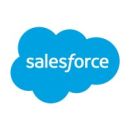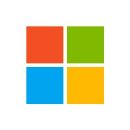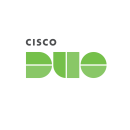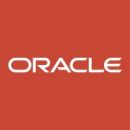Software is what makes technology tick. It’s the programming that tells computers, mobile phones and other devices what to do and how to do it. Virtually all consumers and enterprises use software in one way or another, and new programs and applications are constantly emerging to push the limits of what technology can do. Keep reading to see how some of the world’s largest software companies have distinguished themselves in developing and maintaining popular software products.
Largest Software Companies
- Microsoft
- Oracle
- Salesforce
- Atlassian
- Adobe
- SAP
- ServiceNow
Software Companies to Know
Salesforce is a cloud software company that offers a full suite of tools, products and services underneath the umbrella of its integrated CRM system. It coheres the operations of each department of a company — like sales, marketing and customer service — creating an integrated and automation-heavy series of processes that optimize outcomes and limit redundancy.
A household name in software with over 200,000 employees worldwide, Microsoft creates some of the most highly used productivity software on the market. In consumer software, it offers Skype for virtual communications, Teams for collaboration, Outlook for email and the enduringly popular word processing software Microsoft Word. On the enterprise side, the Windows 365 suite of programs serves businesses in every industry.
InterSystems provides high-performance software that enables analytics, interoperability and data management across industries including financial services, healthcare and logistics. It aims to solve challenges in connectivity, speed and scalability and has employees working in offices spanning more than two dozen countries.
Atlassian’s mission is to help teams “unleash their full potential” through its collaboration and productivity software products like Jira, Trello and Bitbucket. With a diverse customer base of more than 300,000 businesses, including the majority of the Fortune 500, Atlassian aims to drive innovation in the SaaS space. With its global headquarters in Sydney and a U.S. headquarters in San Francisco, the company operates around the world with additional offices in Bengaluru, Ankara and Amsterdam.
Computer software giant Adobe invented the PDF and continues to dominate the document solutions market with programs like Acrobat. It also offers Photoshop, the photo retouching and editing software that arguably sparked a generation of photo manipulation apps and tools.
ServiceNow provides AI-powered technology that helps businesses automate processes and enhance productivity across teams like IT, HR and customer service. For example, its IT asset management tools deliver insights into usage and compliance, while its workplace solutions facilitate safe and efficient onsite operations. The company serves industries such as healthcare, education and retail with its versatile platform. The company employs around 26,000 across its 60+ global offices.
PatientPoint builds healthtech software with a focus on digital patient engagement. Its solutions can help healthcare providers communicate with support staff, display interactive anatomical models, provide remote patient monitoring and send patients home with informative readings. The company's engineers work on its APIs and back-end systems, build event streaming use cases and design microservices.
SAP makes enterprise software for businesses, including programs for enterprise resource planning and customer relations. SAP programs take complex business processes, centralize the data and return a single, coherent view of insights that is accessible to all departments of the business.
Celonis offers a process intelligence solution that creates a digital twin of a company’s end-to-end processes. This aims to help businesses discover value hidden in their processes and capitalize on those opportunities. The company employs more than 3,000 people and serves more than half of the Forbes Top 200 Global Companies.
Duo Security offers cybersecurity products that focus on authentication processes that verify user identities through a series of protocols like receiving a phone call on their telephone number of record or relaying a texted code). Duo’s two-factor and multi-factor authentication processes are used by some of the largest companies and organizations in the world, from higher education institutions to Facebook and Airbnb.
Oracle has been in business since Larry Ellison founded it in the 1970s and has long established itself as an iconic American computer tech company. It is responsible for a huge range of software offerings, from enterprise resource planning to database services, and it is the world’s largest provider of database management.














